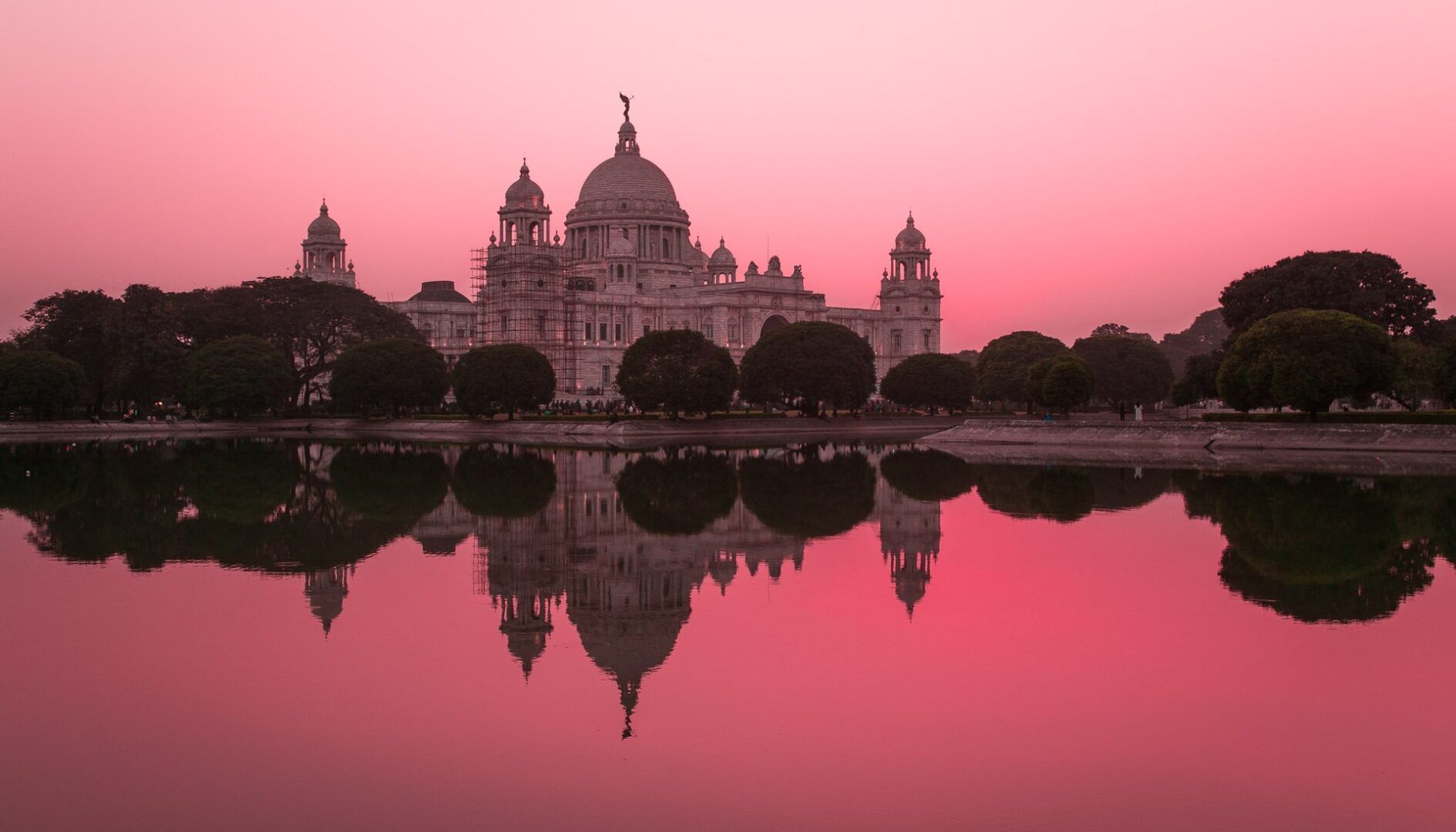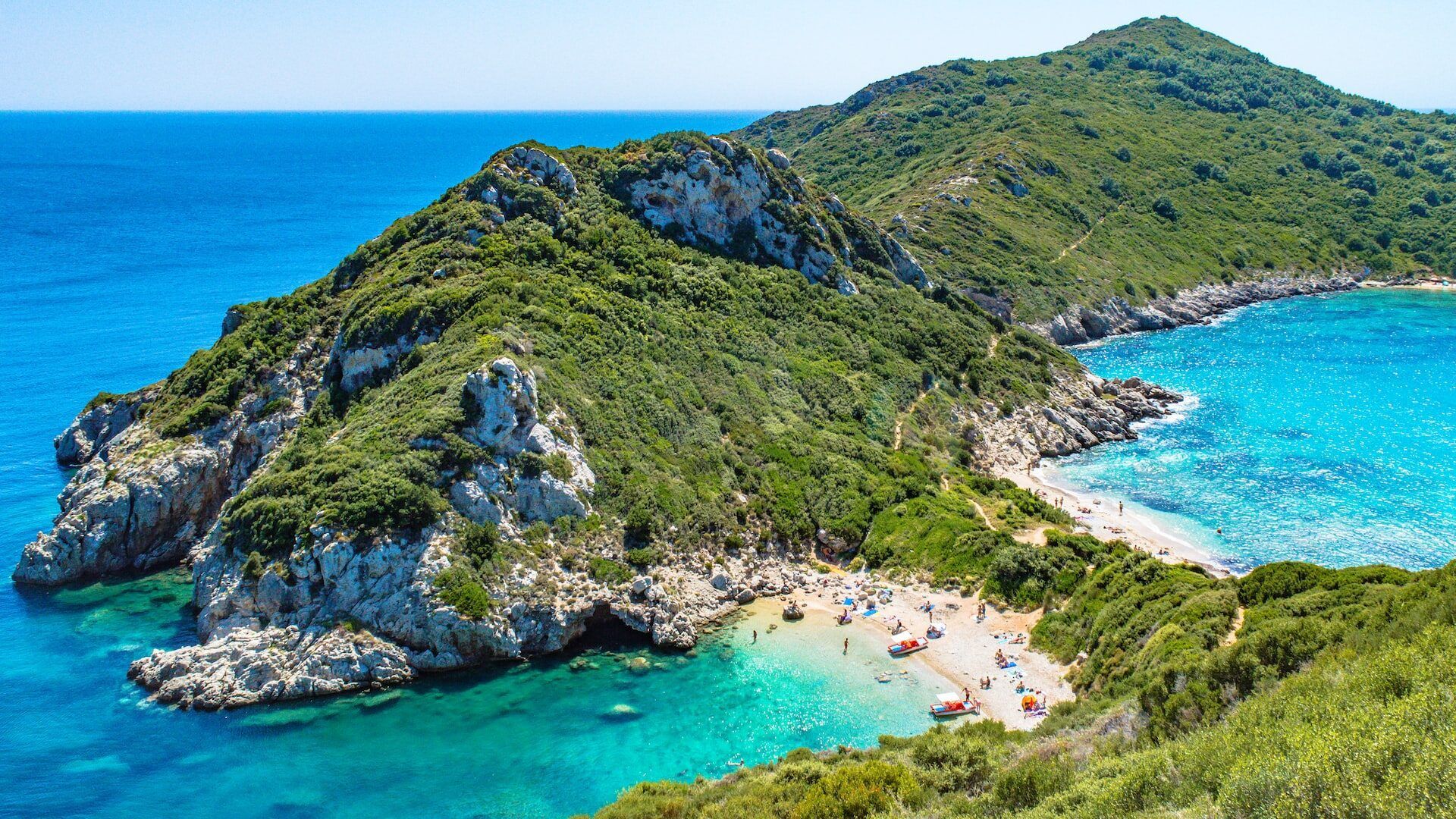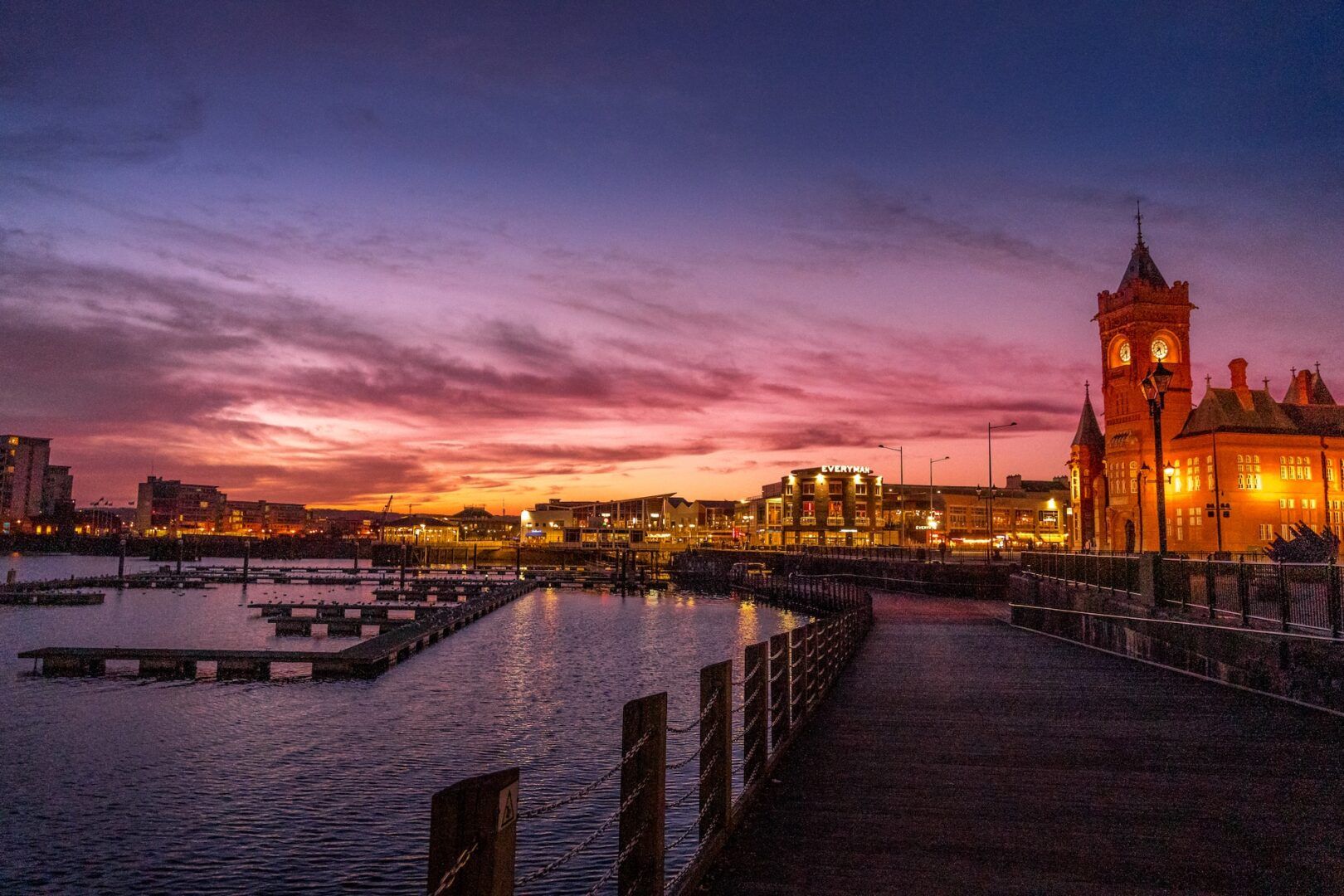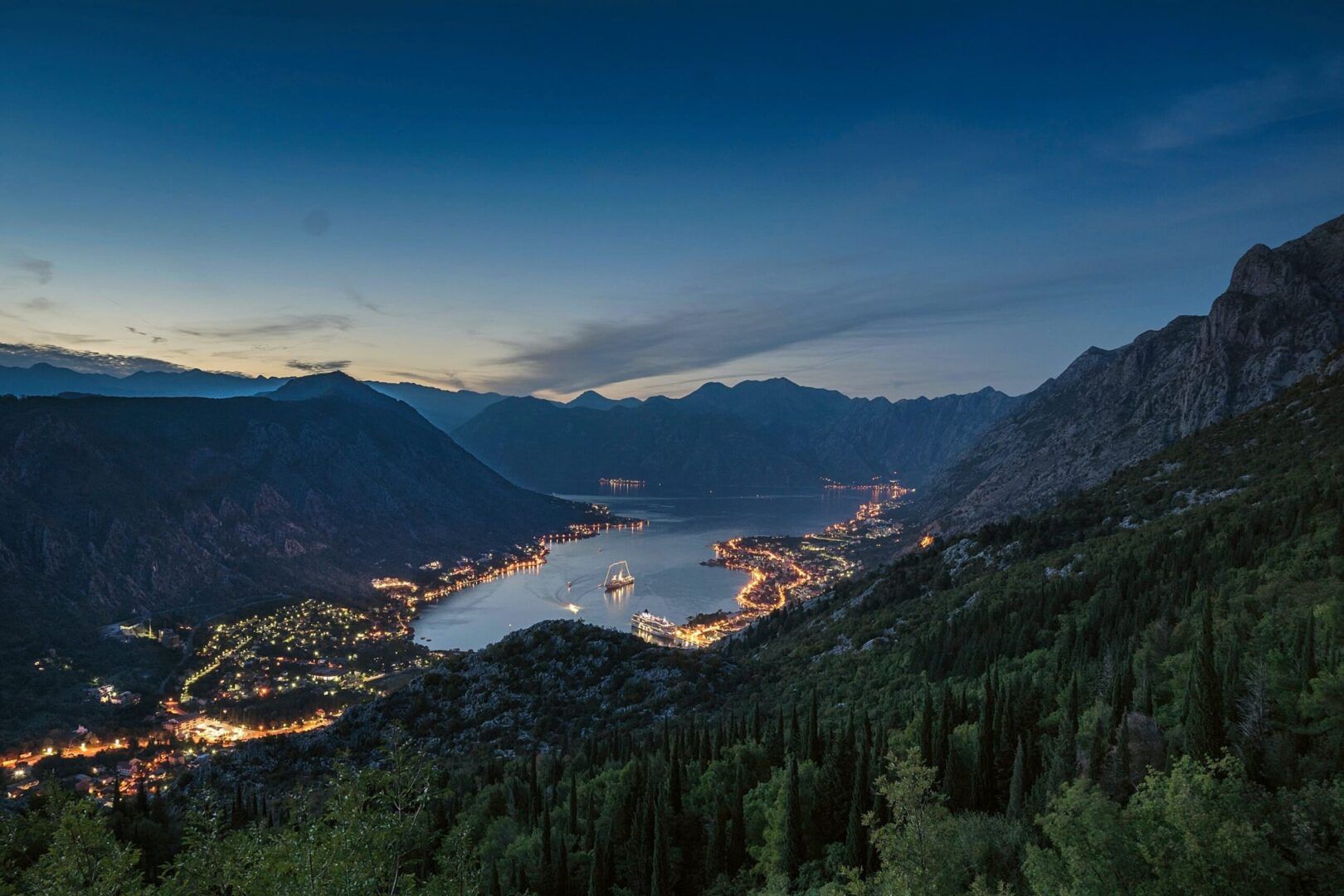

A small country that only just gained its independence a few years ago. This and little else is generally known about Montenegro. Yes, we can picture your eyes glazing over when it comes to thinking about where to visit inside Montenegro!
I assure you that little knowledge of this place will be inversely proportional to the wonder you will feel in delving into the places we illustrate below.
Despite not being as touristy as neighbouring Croatia, Montenegro presents breathtaking natural landscapes, from its mountains to the beaches, without mentioning its historical centres packed with charm.
It is characterised by a deep and admirable multiculturalism. In one of the smallest states in the entire Balkan Peninsula. Albanians, Croats, Serbs and Roma live side by side, attempting to make different religions and traditions coexist peacefully.
All the places to visit in Montenegro are directly linked to the troubled history of this country, which stubbornly rose after the dissolution of Yugoslavia.
A simple trip will allow you to get in touch with the beauty, but also this land’s complexity and deep spirituality. Read on to discover all the most unexpected places to visit in Montenegro.
Podgorica
To start narrating the places to visit in Montenegro we must pick its capital, Podgorica. In fact, that is probably where your adventure will begin.
Formerly named Titograd, in honour of General Titus, the city is crossed by six rivers. It’s rich in parks and gardens and is split into the old and new city. Although still mostly unknown, Podgorica has several places of interest not to be missed for anyone facing a trip to Montenegro.
First of all, Stara Varos is a small old town featuring colourful houses, mosques and above all by the imposing Sahat Kula. The Clock Tower, called Sahat Kula, is an Ottoman monument of the seventeenth century, representing the past-and-present link with Turkish culture.
Another significant monument of Podgorica is the Cathedral of the Resurrection, one of the most impressive Orthodox churches in the entire Balkans and completed only in 2013.
Among the parks of the city, it is worth visiting Gorica Hill. It gives its name to the capital, since Podgorica literally means “under the hill”.
Around Trg Slobode, there are the Library and the National Theatre, but what matters is that the bustle of the city is unleashed here, thanks to the restaurants, bars and clubs. And let’s face it: it is a must to dive into the nightlife in every European capital!
The Mouths of Cattaro
The Mouths of Cattaro are among the most unexpected natural places to visit in Montenegro. They are still rather quiet and not very touristy. They are coves in the sea, smaller versions of the famous Norwegian fjords, overlooking cliffs that even reach a thousand metres in height.
The Bocche di Cattaro compete with the Italian fjord of Furore, in Amalfi, for the southernmost fjord title in Europe. The former undoubtedly wins on width. They extend for almost 90 square kilometres, between the basins and the mouths that create the channel that flows directly into the Adriatic.
With a touch of imagination, this territory recalls the shape of a butterfly. The channel would be the body, while the four main basins the wings.
It goes without saying, the view is splendid: on one side, you have the Adriatic Sea and on the other the mountains. And if you’re lucky enough to catch a clear day, you’ll never put your camera down again!
The Mouths of Cattaro is a part of the bay of Kotor and bathe several wonderful cities, which we will tell you about soon.
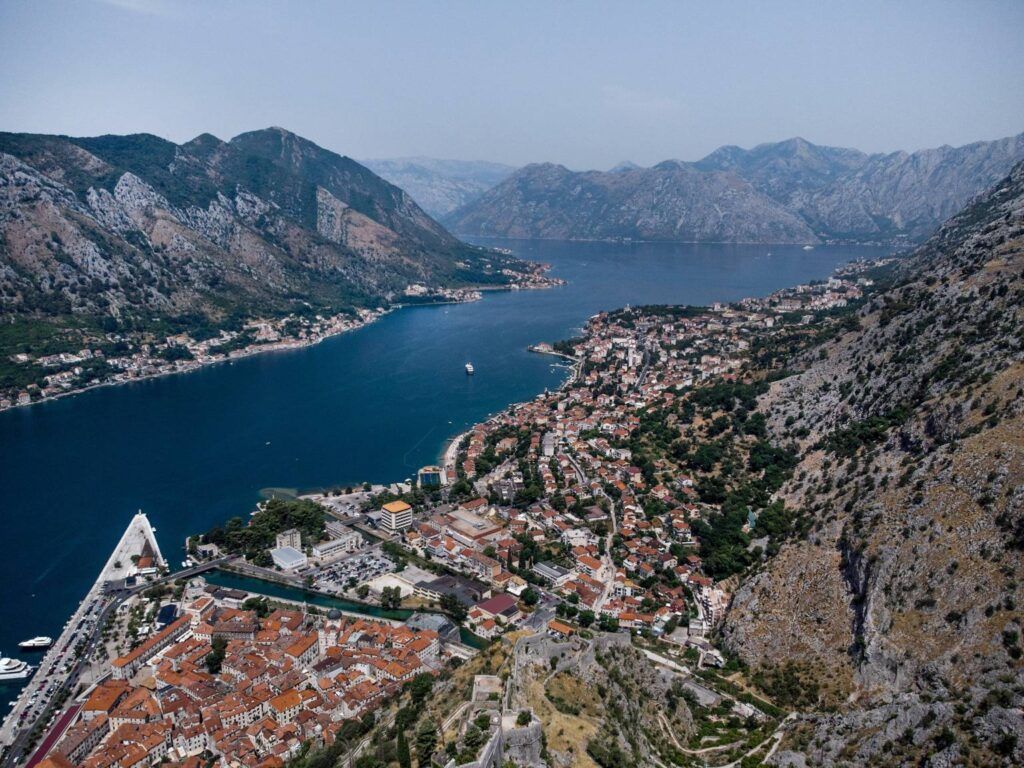
Kotor
The city of Kotor, also called Cattaro, is one of the places you absolutely must visit in Montenegro. Declared a World Heritage Site by UNESCO, it is a real medieval jewel, overlooking the homonymous bay.
If you are athletic, try climbing the walls of Kotor. A mere 1,350 steps that you needn’t complete all at once, because along the way you can stop to contemplate ramparts, churches and fortresses, an integral part of the walls. And you won’t find better excuses than these for taking a break!
Above the city stands the Sveti Ivan Fortress. Originally built to protect the city from invaders, it is now an exceptional vantage point for all the intrepid travellers who come up there.
For anyone opting for a more relaxing discovery of the city no problem. You can lose yourself in the streets of Kotor as if you were in Venice!
Mount Lovćen
Let’s leave Kotor behind and continue the discovery of places to visit in Montenegro. To get out of Kotor, there is a fabulous winding road: the Kotor Serpentine. It is a scenic “serpentine” road, also called the “road of a hundred hairpin turns”.
It is better not to look at the aerial photos of this road: that’s all it takes for car sickness to kick in!
Just know that by climbing the Kotor Serpentine, you can say that you have climbed Mount Lovćen, black mountain, from which the nation’s name derives. This is also called the Panoramic Terrace of Montenegro because the view is nothing short of incredible from here! You can observe other mountain peaks, but above all admire the Bay of Kotor behind you.
All around is Mount Lovćen National Park, where you can take relaxing walks as well as more challenging hikes, in both cases totally immersing yourself in the nature that surrounds you.
Inside the National Park of Mount Lovćen, there is also the Njegoš Mausoleum, considered one of the most influential poets and philosophers of Montenegrin literature. He was also prince, bishop and governor… quite the all-rounder!
In the village of Nieguši, a short distance from Mount Lovćen, you can learn more about its history, as well as taste various typical Montenegrin products.
You may be wondering: but where does this Kotor Serpentine ultimately lead? The answer is Cetinje, the capital of Montenegro before Podgorica. This is still today one of the most important cultural centres in Montenegro.

Perast, Saint George Island and Scalpello Island
In addition to Kotor, there are other destinations to discover in the area of the Mouths of Cattaro. The most striking ones are listed below.
Perast is an enchanting, as well as very small, seaside village that presents an unexpected Baroque historic centre, one of the most significant in terms of art in the entire Adriatic.
Perast is also overlooking the sea with a backdrop of impressive mountains … a view that never leaves you indifferent! What characterises it most, however, are two islands easily reachable by boat: the islands of Saint George and Scalpello.
Saint George Island in Montenegro, is home only to an ancient Benedictine abbey, which experienced important splendours during the Middle Ages, and an enchanting cypress grove.
Scalpello Island is man-made and was created in the 1400s to contain, according to legend, an image of the Madonna. Hence the construction of the Church of Our Lady of the Rocks, with its features that deliberately recall a mosque to protect it from enemy attacks cunningly.
Needless to say, both are among our must-sees in Montenegro!
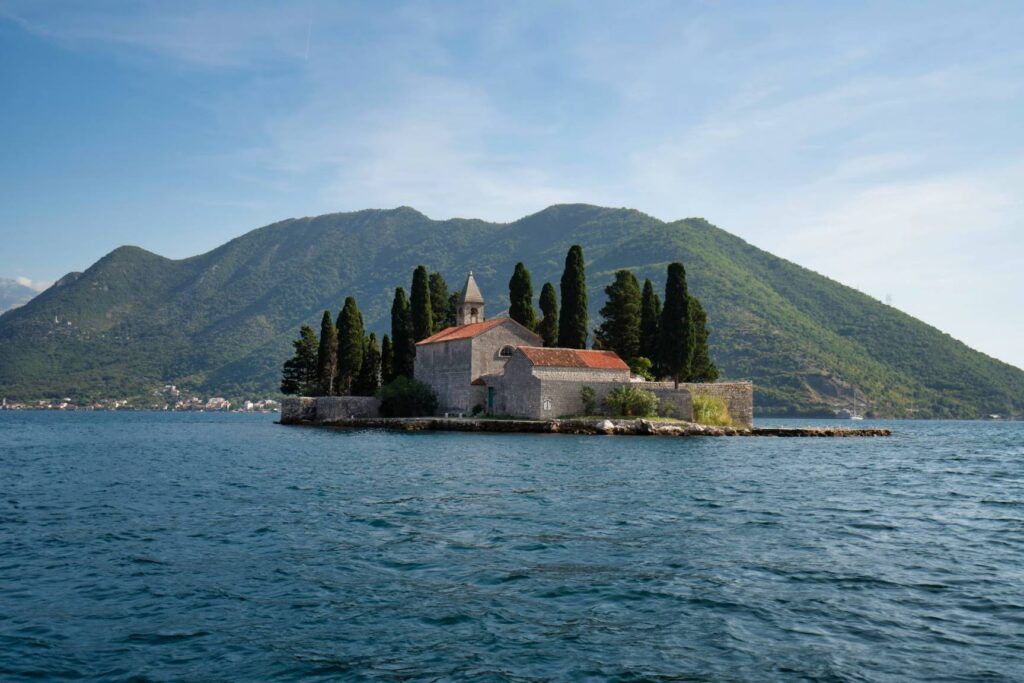
Herceg-Novi
If you decide to arrive in Montenegro by car, you can do so by crossing the Croatian border, immediately after passing through the beautiful Dubrovnik, where we recommend you stop a little.
Dubrovnik is the last major Croatian city before arriving in Montenegrin territory and crossing Herceg Novi, a few kilometres away, in the territory of the Mouths of Cattaro.
The foundation of Herceg Novi dates back to 1300, by a Bosnian king, who was succeeded by Serbs, Italians and Ottomans. All these influences have created a blend of styles that render it very different from nearby Dubrovnik.
Herceg Novi deserves a stop for its very long promenade and for its Stari Grad, the old town that characterises almost all the towns of Montenegro.
The city’s main attraction is undoubtedly the monastery of Savina, with relics dating back to the eleventh century, its initial construction period. The complex consists of three Serbian Orthodox churches and is immersed in vegetation, above a poetic hill overlooking the sea. A place of prayer, but also only of rest and reflection, will certainly leave its mark on you.
The fortress of Kanli Kula, which translated from Turkish means “damn trick”, has a very different atmosphere and history. Some homework if you visit Herceg Novi: discover the meaning of this emblematic name.
Ostrog Monastery
Ostrog Monastery simply had to make it to the list of things to visit in Montenegro!
Excavated in the rock 900 metres above Zeta Valley, it is a sacred place for Orthodox, Catholics and Muslims. This is thanks to Saint Basil, who is uniquely venerated by all three religions and whose remains are located there.
The Monastery of Ostrog, nestled among the rocks and very white, is the symbol of a spirituality that goes beyond personal religious beliefs.
Its architecture, originally very simple, has undergone a radical transformation over the centuries, coming to contain two small underground churches besides the monastery, giving even more charm to the complex. Two surrounding terraces overlook the magnificent panorama surrounding the Ostrog Monastery, which will convince even the most sceptical to reach this place.
About twenty kilometres away is Nikšić, Montenegro’s second largest city and “place of worship” for all hipsters in the nation. Propaganda Club, in the main square, is their exceptional meeting point.
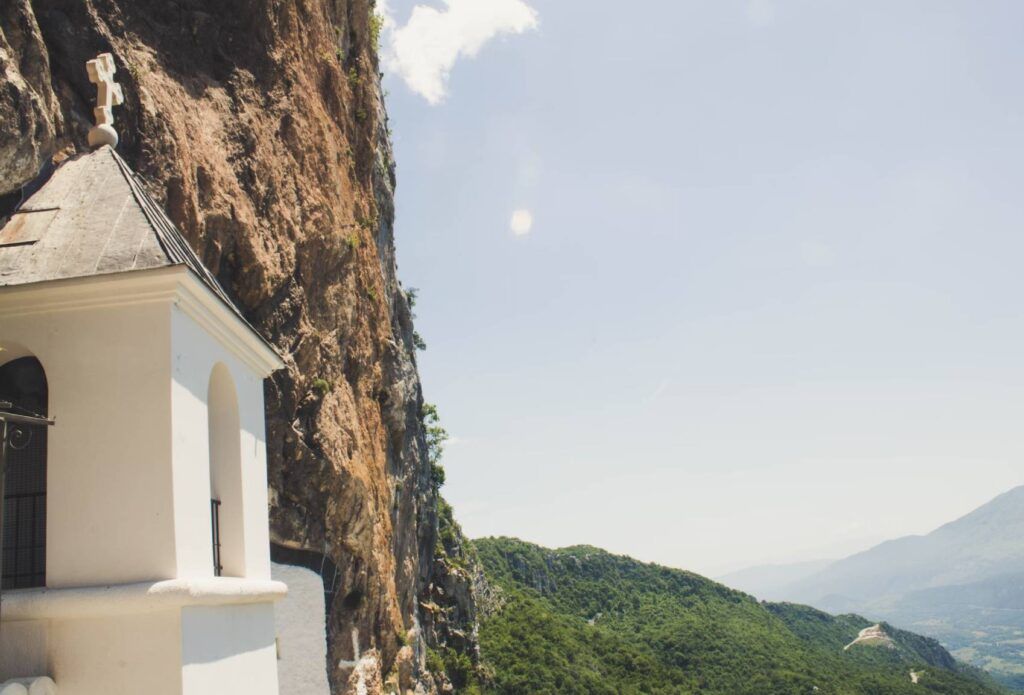
Durmitor National Park
Durmitor National Park is located in the north of Montenegro. It is characterised by amazing landscapes and still wild and unspoiled nature.
Žabljak is the starting point for exploring the park. You can walk in the alpine forest as you rest on the shores of transparent water lakes.
One of the most interesting excursions is to Crno Jezero, Black Lake, where the adjacent pine forest is reflected on the water’s surface. Or you can reach the top of Bobotov Kuk, the highest peak in the entire Durmitor National Park, with its 2500 metres.
In addition, Durmitor National Park is the ideal place to dedicate yourself to the most varied types of sports: from skiing to sport fishing, cycling and paragliding.
Special mention for rafting, an activity that you can practice in the canyon of the river Tara, which with its 1300 metres is the deepest in Europe. Adrenaline and fun are guaranteed!
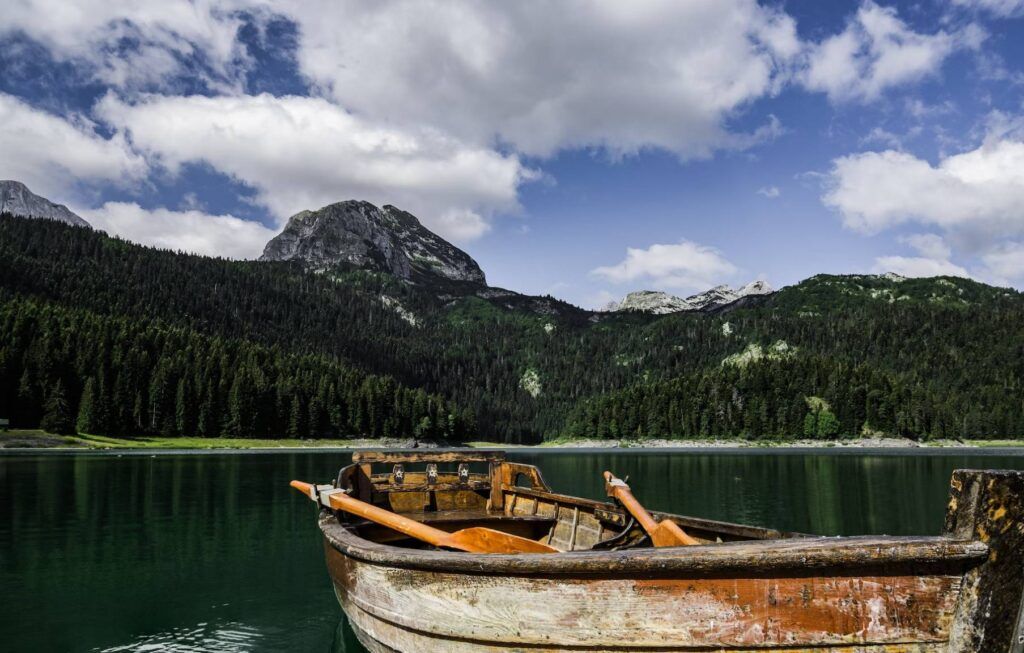
Budva, Sveti Stefan, Stari Bar and Ulcinj
After all this walking, visiting and doing sports, shouldn’t you be allowing yourself some moments of rest? And what better place to do it than in the seaside resorts along the Adriatic coast?
Regarding what to see in Montenegro along the coast, there are four main destinations, all with peculiar irresistible characteristics.
Budva is the oldest of the coastal cities, an ideal destination for fans of the sea and sunbathing… but also for anyone who wants to party until dawn! It is also known as the “Miami” of Montenegro.
Sveti Stefan is a peninsula entirely on the sea, with a very particular and … Instagrammable shape! Born as a fishing village, it was transformed, during the Tito regime, into a widespread luxury hotel, when widespread hotels still hadn’t been invented.
In addition to the sea, you can be filled with culture in Stari Bar, thanks to the archaeological site that contains the remains of the castle and the walls. Unlike Budva, which was affected more by Venetian influence, here the Turkish one dominates, also thanks to the city’s numerous mosques.
Speaking of mosques: in Ulcinj, you can admire one overlooking the sea!
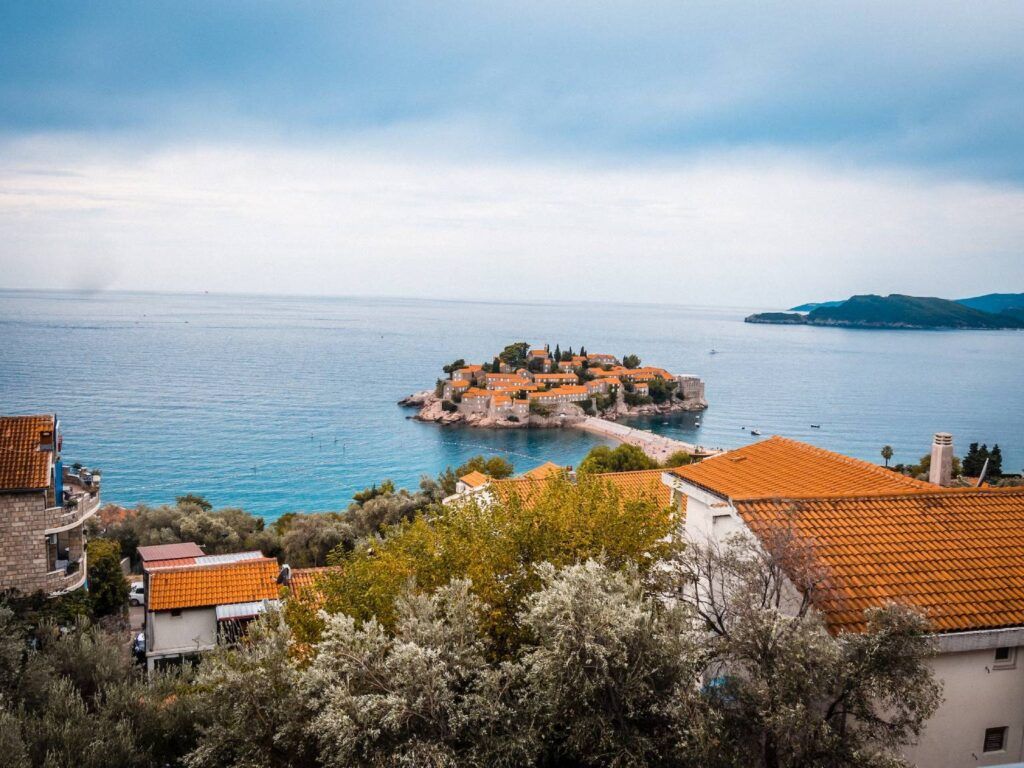
The Montenegro you do not expect: set off with WeRoad!
After everything we’ve told you so far about the places to visit in Montenegro, you only have one option left: depart! Montenegro is a land bathed by the Adriatic, full of mountains and forests, with a millenary culture that has roots and traditions that deserve a reckoning.
The WeRoad tour blends all these elements and adds a good dose of fun! We will take care of the organisation, apart from any flights, and find you the right travel companions. How about visiting Montenegro with us?
If you want to find out more about this area, also read our article on the best places to visit in Slovenia!

